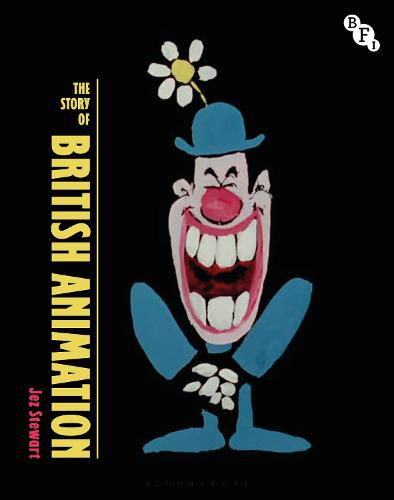Readings Newsletter
Become a Readings Member to make your shopping experience even easier.
Sign in or sign up for free!
You’re not far away from qualifying for FREE standard shipping within Australia
You’ve qualified for FREE standard shipping within Australia
The cart is loading…






Jez Stewart charts the course of this extraordinarily fertile area of British film from early experiments with stop-motion and the flourishing of animated drawings during WWI. He reveals how the rockier interwar period set the shape of the industry in enduring ways, and how creatives like Len Lye and Lotte Reiniger brought art to advertising and sponsored films, building a foundation for such distinctive talents as Bob Godfrey, Alison De Vere and George Dunning to unleash their independent visions in the age of commercial TV.
Stewart highlights the integral role of women in the industry, the crucial boost delivered by the arrival of Channel 4, the emergence of online animation and much more. The book features ‘close-up’ analyses of key animators such as Lancelot Speed and Richard Williams, as well as more thematic takes on art, politics and music. It builds a framework for better appreciating Britain’s landmark contributions to the art of animation, including Halas and Batchelor’s Animal Farm (1954), Dunning’s Yellow Submarine (1968) and the creations of Aardman Animations.
$9.00 standard shipping within Australia
FREE standard shipping within Australia for orders over $100.00
Express & International shipping calculated at checkout
Jez Stewart charts the course of this extraordinarily fertile area of British film from early experiments with stop-motion and the flourishing of animated drawings during WWI. He reveals how the rockier interwar period set the shape of the industry in enduring ways, and how creatives like Len Lye and Lotte Reiniger brought art to advertising and sponsored films, building a foundation for such distinctive talents as Bob Godfrey, Alison De Vere and George Dunning to unleash their independent visions in the age of commercial TV.
Stewart highlights the integral role of women in the industry, the crucial boost delivered by the arrival of Channel 4, the emergence of online animation and much more. The book features ‘close-up’ analyses of key animators such as Lancelot Speed and Richard Williams, as well as more thematic takes on art, politics and music. It builds a framework for better appreciating Britain’s landmark contributions to the art of animation, including Halas and Batchelor’s Animal Farm (1954), Dunning’s Yellow Submarine (1968) and the creations of Aardman Animations.